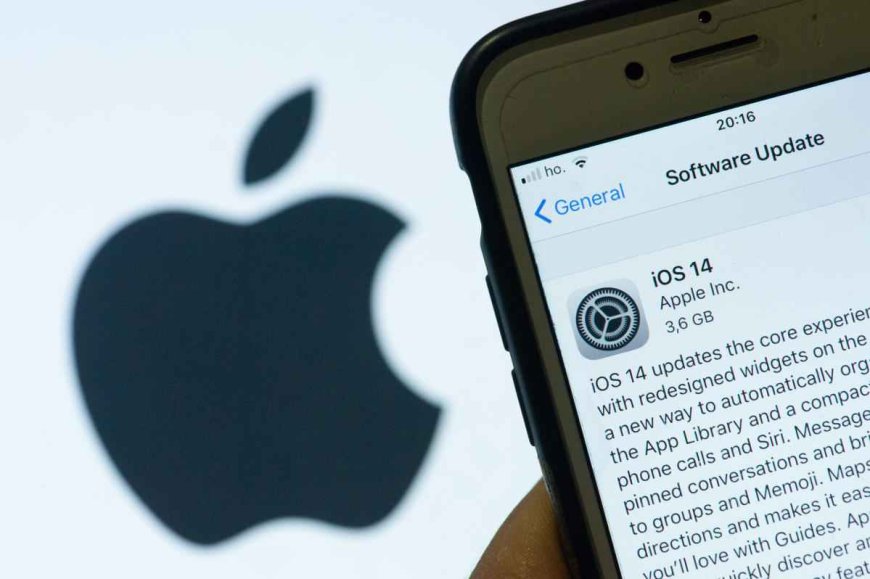The Impact of Apple Updates: Unveiling the Disruptions to User Experience
With each new update, Apple introduces a host of exciting features and enhancements to its devices, aiming to provide an improved

With each new update, Apple introduces a host of exciting features and enhancements to its devices, aiming to provide an improved user experience. However, amidst the anticipation, some users have experienced disruptions and challenges that have left them frustrated. This article delves into the impact of Apple updates, exploring instances where users have encountered issues, the potential causes behind these disruptions, and the steps Apple can take to address them effectively.
Update Fatigue and Compatibility Issues:
Apple regularly releases updates across its ecosystem, including operating systems, applications, and firmware. While these updates are intended to enhance functionality, they often lead to compatibility issues for older devices. Users find themselves caught in a cycle of update fatigue, where their devices struggle to keep up with the latest software requirements. This can result in slower performance, reduced battery life, and even device instability. Additionally, some users have reported compatibility issues with third-party applications, leading to crashes and incompatibility concerns.
User Interface Overhaul and User Experience Changes:
With major updates, Apple occasionally introduces significant changes to the user interface (UI), causing disruptions to established user habits. These sudden alterations can confuse and frustrate users who have grown accustomed to specific workflows and design elements. The introduction of new gestures, relocated features, and modified app layouts can lead to a learning curve that disrupts productivity and causes user frustration. While Apple strives to improve the user experience, the pace and magnitude of these changes can sometimes overwhelm users, resulting in a negative impact on their overall satisfaction.
Privacy and Data Sharing Concerns:
Apple has positioned itself as a champion of user privacy, implementing robust security measures and features to protect user data. However, some updates have inadvertently introduced privacy concerns. For instance, the introduction of new permissions or changes to default settings may require users to review and adjust their privacy preferences. Failure to do so could result in unintended data sharing or exposure to targeted advertising. This sudden shift in privacy settings can leave users feeling vulnerable and erode their trust in the platform.
Quality Control and Software Bugs:
While Apple conducts rigorous testing before releasing updates, software bugs and glitches can still slip through the cracks. Users have encountered issues such as app crashes, slow performance, and network connectivity problems following updates. These disruptions can impede productivity and create frustration, as users rely on their Apple devices for essential tasks. Additionally, the frequent release of patches and bug fixes can contribute to a sense of instability, with users left wondering if their devices will function reliably.
Apple's updates, while aimed at improving user experience, can sometimes disrupt and frustrate users. Compatibility issues, user interface changes, privacy concerns, and software bugs have been reported by some users following updates. Apple must strike a balance between innovation and stability, ensuring that updates are thoroughly tested and take user needs and preferences into account. By addressing these concerns and implementing effective quality control measures, Apple can enhance user satisfaction and maintain its position as a leader in the tech industry.
